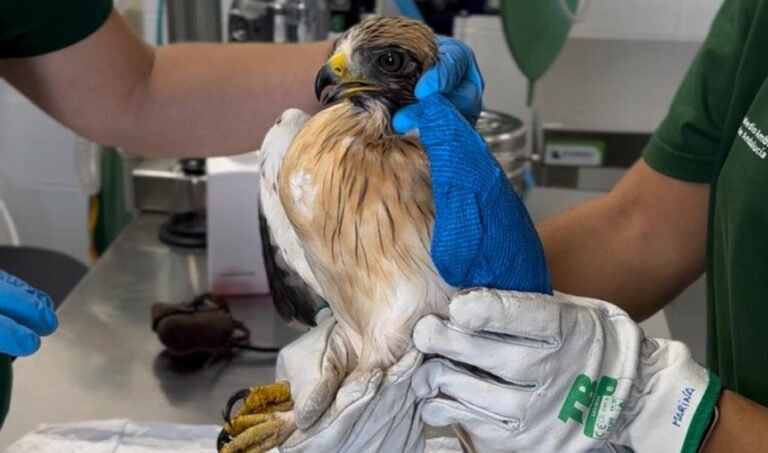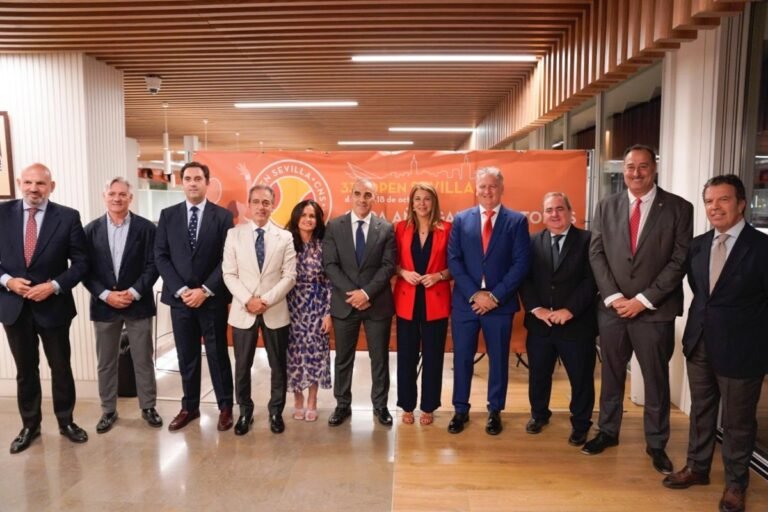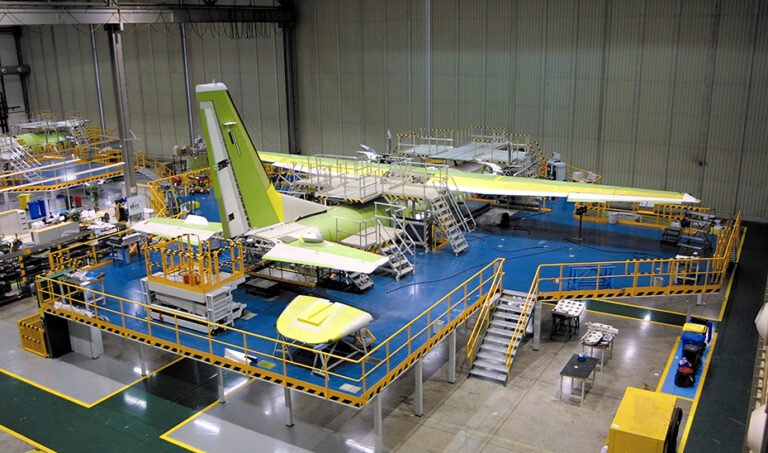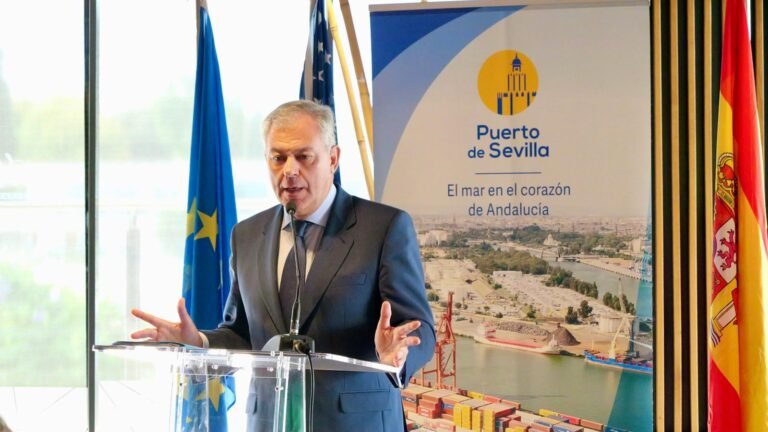
The Ministry of Culture and Sports has started the construction of an innovative cover over the tomb of Postumio, in the Archaeological Ensemble of Carmona (Seville), as a new measure to prevent deterioration due to potential rainwater infiltration. The architectural solution, carried out by the doctor in architecture and professor at the University of Seville Manuel Ordóñez within the framework of the university project cobArQact, features a double membrane cover that creates an intermediate air chamber that, properly monitored and managed, allows the movement of hot and cold air masses inside the funerary complex to ensure its preservation.
The Archaeological Ensemble of Carmona -the first site to open to the public in Spain in 1885- preserves a wide variety of Roman tombs, most of which date back to the 1st century AD. These tombs take advantage of the rocky substrate in the region of Alcores (called calcarenite) to create underground chambers accessed through a vertical well or a courtyard, making the rock degrade into sand with water infiltration.
The Minister of Culture and Sports, Patricia del Pozo, has explained that «the Necropolis of Carmona faces with this innovative solution, the result of a heritage research project, the challenge of its conservation since, from its excavations in 1885 and 1910, the tombs have been exposed to harsh environmental conditions.» Despite previous measures to prevent direct or indirect rainwater infiltration into the complexes, «more advanced solutions are needed to ensure their preservation for the enjoyment of today’s Andalusians and future generations».
In this regard, Del Pozo has emphasized the significant investment effort maintained by the Government of Juanma Moreno in the sector, which since 2019 exceeds 71.2 million euros solely in restoration and conservation of Andalusia’s historical heritage. Additionally, «the ongoing work carried out by the Ministry of Culture and Sports for the conservation and safeguarding of cultural assets, including support for their study and research by experts,» she pointed out.
The minister highlighted that new conservation and study techniques are key to the future of our historical heritage. «The Government will always work hand in hand with research groups, such as the one involved in the university project cobArQac,» she noted. This university project is funded by the Junta de Andalucía and led by doctors in Architecture and professors at the University of Seville, Juan Carlos Gómez de Cózar and Ángel Luis León.
After a year of experimentation, the research team, in collaboration with the Archaeological Ensemble of Carmona and the Territorial Delegation of Culture and Sports of the Junta de Andalucía in Seville, took on the challenge of designing and implementing a cover for one of the tombs in the Necropolis that not only contains ancient mural paintings but is also visitable and in need of preventive conservation. The most suitable candidate was the tomb of Postumio.
The architectural solution, authorized by the Provincial Commission of Historical Heritage of Seville -in the session held on September 25, 2024-, as well as by the Carmona City Council, materializes in an original system of lightweight cover with great adaptability to the geometry and contour conditions of the site, designed through a geometric generation process using parametric software. The cover, practically, leaves no physical footprint on the site, as its support on the archaeological soil is achieved through hidden elements of low-depth ballast and complete reversibility. It also represents an environmental innovation as it is self-sufficient, with minimal impact throughout its lifecycle.
The Tomb of Postumio
It is a funerary complex dating back to the 1st century AD, characterized by a large courtyard excavated in the rock open to the sky, accessed through a staircase. The courtyard leads to a chamber carved into the rock where niches are found to receive the alcoves containing the cremated remains of the deceased. An inscription found during its excavation in the late 19th century reveals that its owner’s name was Quinto Postumio.
The chamber is adorned with mural paintings on walls and ceilings. Despite undergoing several restorations in recent years, its conservation status is precarious. Therefore, restoration work has been carried out on the chamber walls to maintain the original proportionality.
Likewise, the tomb has been the subject of a study on its initial appearance, documented in a video that can be accessed from any mobile device on-site.






